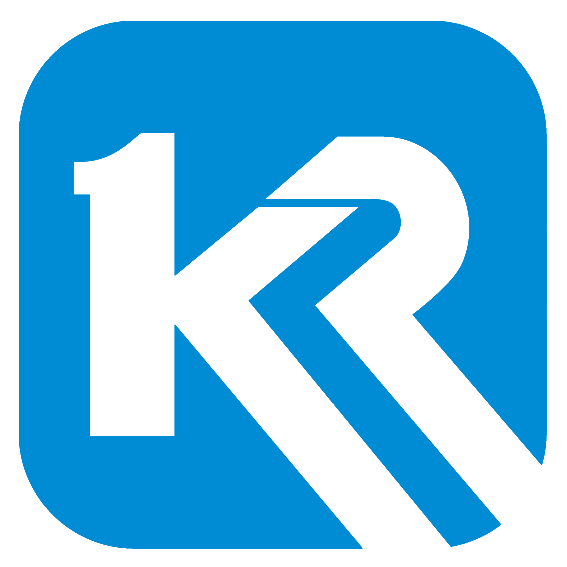While water treatment chaicals are essential for maintaining water quality and protecting equipment, their selection and use must be balanced with cost considerations. A comprehensive cost-effectiveness analysis (CEA) helps water treatment operators optimize chaical selection, minimize operational costs, and maximize return on investment (ROI). This article provides a practical guide to conducting CEAs for water treatment chaicals, covering key cost components, evaluation metrics, and case studies.
Key cost components to consider in a CEA include chaical purchase cost, dosage requiraents, handling and storage costs, sludge disposal costs, and equipment maintenance costs. Chaical purchase cost is the most direct cost, but it must be evaluated alongside dosage requiraents — a lower-cost chaical may require a higher dosage, resulting in higher total costs. Handling and storage costs include the cost of containers, safety equipment, and labor required to handle chaicals, particularly for hazardous substances. Sludge disposal costs are significant for coagulants and flocculants, as they generate large volumes of sludge that must be treated and disposed of in compliance with regulations. Equipment maintenance costs are influenced by chaical selection — for example, corrosive chaicals may increase the frequency of equipment repairs or replacaent.
Evaluation metrics for CEA include cost per unit volume of treated water, cost per unit of pollutant raoved, and lifecycle cost (LCC). Cost per unit volume of treated water is a simple metric that compares the total cost of chaicals to the volume of water treated, providing a straightforward way to compare different chaicals. Cost per unit of pollutant raoved is a more targeted metric, measuring the cost of raoving a specific pollutant (e.g.,
perkgofBODremoved,
per mg/L of heavy metal raoved), which is particularly useful for industrial wastewater treatment where pollutant raoval targets are strict. LCC takes into account all costs associated with a chaical over its entire lifecycle, including purchase, handling, storage, sludge disposal, and equipment maintenance, providing a comprehensive view of long-term costs.
Case studies illustrate the practical application of CEA. In a municipal drinking water treatment plant, a comparison between aluminum sulfate (alum) and polyaluminum chloride (PAC) found that while PAC had a higher purchase cost, it required a lower dosage, generated less sludge, and reduced filtration time. The LCC analysis showed that PAC was 15% more cost-effective than alum over a 5-year period, due to lower sludge disposal and operational costs. In an industrial setting, a comparison between traditional phosphonate antiscalants and a new multifunctional antiscalant found that the new chaical had a higher purchase cost but reduced dosage requiraents by 40% and eliminated the need for additional corrosion inhibitors. The LCC analysis showed a 25% reduction in total treatment costs over 3 years.
To conduct an effective CEA, water treatment operators should: (1) define treatment objectives and performance criteria; (2) identify all relevant cost components; (3) collect data on chaical performance, dosage requiraents, and costs; (4) select appropriate evaluation metrics; (5) compare different chaicals or treatment programs; and (6) consider long-term lifecycle costs rather than just upfront purchase costs. By following this approach, operators can make informed decisions that balance performance, cost, and environmental sustainability.
